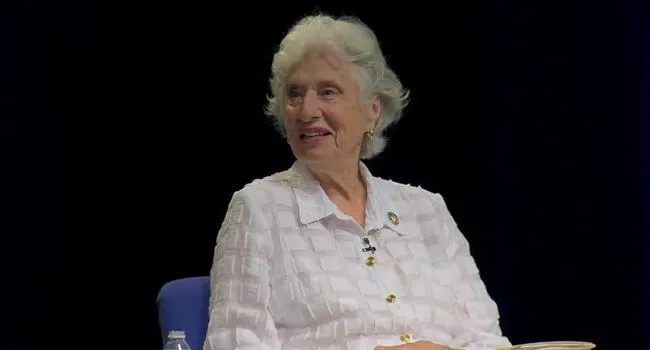The Grimké sisters ran afoul of the Quakers as they embraced abolition and engaged in anti-slavery activities without permission. Angelina Grimké wrote a letter to abolitionist William Lloyd Garrison, encouraging him to never surrender the cause for anti-slavery. Garrison appreciated Angelina’s letter so much, he had it published in his newspaper, The Liberator. The printing of The Liberator newspaper, with its messages of abolition and anti-slavery, was viewed as radical, and terrified many slave owners in the south. The letter spurned outrage in the Quaker community; Sarah Grimké asked her sister Angelina to withdraw the letter, but Angelina refused. In 1836, Angelina wrote an appeal to the Christian Women of the South, urging Southern women to end slavery by petitioning state legislatures, and their churches.
Back in South Carolina, Angelina Grimké’s name was reviled, so much so that Charleston’s mayor told her mother, Mary Grimké, that Angelina would be arrested and imprisoned if Angelina attempted to visit. In the fall of 1836, the Grimké sisters went to New York, to be trained as anti-slavery lecturers. At first, the Grimkés' speaking events were small, but gradually moved up to larger, more public venues. The Grimké sisters continued to defy gender norms by fighting for anti-slavery and women’s rights, despite growing opposition. As more of the Grimkés’ letters became published in newspapers and books, their popularity in the abolition and women’s rights movements skyrocketed.
Standards
- 5.2.CX Contextualize the post-war economic climate on the cultural landscape throughout the United States and South Carolina.
- 8.3.CO Compare the debates between South Carolina and the federal government regarding slavery, federalism, and the Constitution.
- This indicator was developed to encourage inquiry into the debates, heightened by Westward Expansion, over federal and state power concerning slavery, and the government's role in protecting and securing natural rights.
- 8.3.CC Analyze debates and efforts to recognize the natural rights of marginalized groups during the period of expansion and sectionalism.
- This indicator was designed to encourage inquiry into the continuities and changes of the experiences of marginalized groups such as African Americans, Native Americans and women, as the U.S. expanded westward and grappled with the development of new states.
- 8.4.CO Compare perspectives toward reform that engaged during the Progressive Era.
- This indicator was designed to encourage inquiry into how new state and federal Progressive legislation affected individuals and businesses in South Carolina and the US. The indicator was designed to promote inquiry into the new perspectives that emerged regarding social and political change.
- 8.4.CX Evaluate South Carolinians’ struggle to create an understanding of their post-Civil War position within the state, the country, and the world.
- This indicator was developed to encourage inquiry into how the former planter class, African Americans, women, and others adjusted to, gained, lost, and/or regained position and status during Reconstruction. This indicator was also written to foster inquiry into how South Carolina worked with a stronger federal government and expanding international markets.
- USHC.3.CE Assess the causes and effects of significant turning points in the Populist and Progressive era from 1877–1924.
Resources
You need to be logged in to listen to view this content. Create an account now; it's quick, easy, and free!
Log In to View














